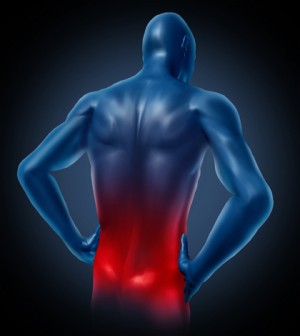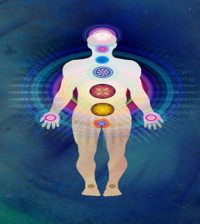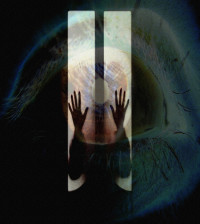- 5 Tips To Finding Peace Within Yourself
- The Do’s and Don’ts of Learning How to Accept Yourself
- How to Find Your Inner Peace and Transform Your Life
- 8 Benefits of Having an Open Mind and How to Get One
- Learn How To Be A Happier Person
- What Is The Meaning Of Life?
- Laws of Abundance – The Riches of Love and Joy
- How to Be Laid Back By Following These 9 Simple Strategies
- The meaning of confucius’ golden rule – 4 practical ways of living it
- 3 methods of unleashing the power of contentment in your life
5 Pain Management Strategies to Get Through Chronic Pain

Pain is a warning that your body gives you to tell you that something is not right. Pain keeps you aware of the problems that any part of your body might be experiencing. However, that realization does not make pain anymore welcoming or tolerable. Pain in general is divided into two categories, acute and chronic. Acute pain is temporary and will only last for a couple of hours or days at most. Chronic pain on the other hand is consistent pain that lasts for months or even years. Patients suffering from back problems, arthritis or cancer go through chronic pain which for the most part is kept under control with the help of medications and therapies.
Patients suffering from chronic pain not only suffer excruciating pain at times, but the constant discomfort ends up affecting their daily life, work and even relationships. It can be emotionally and physically very stressful. Although activities like watching television, reading books or going out with friends may provide a distraction, they cannot help relax your body or your mind. The following pain management strategies will help your body release stress, ease muscles and provide that much needed relief.
1. Seclusion
Just lock yourself up in a room with the lights out and your cell phone powered off. Relax on the couch or lie down on the bed and try to block all thoughts from your mind. It is easier said than done, but the moment you realize that your head has wondered off to the bills or to other work issues, just distract yourself and concentrate on the silence that surrounds you. Some therapists suggest putting some soothing music or candles on and some advice against it; you should see what works for you and follow that.
2. Breathing
Some proper breathing techniques can really help ease your muscles and relieve stress. Taking deep breaths circulates blood flow and has proved to ease muscles and help combat depression. You can also practice other inhaling and exhaling techniques to not only ease pain but also to relax your body and mind.
3. Meditation
Meditation has proven to have many benefits and gradually improves quality of life. Meditating for 15 to 20 minutes a day is very helpful not only for people suffering with chronic pain but also for anybody wanting peace and harmony in their life. Meditation primarily focuses on harmonizing body and mind and relaxation through breathing techniques. Meditation is known to have a number of health benefits like it boosts Human Growth
Hormones, Serotonin and Melatonin, which help in combating obesity, depression, migraines, etc. Meditation does not have any side effects, and once you have developed a routine, it will not only make you a happier person but a healthier one too.
4. Heat and Cold Treatments
Heat and cold treatments are great ways of relieving and easing pain. This, although is a temporary pain management strategy, will ease the pain immediately by numbing the area. You can apply ice packs or just ice cubes wrapped in a towel on the area for a cold treatment. Or you can soak in a warm water bath or place a heating pad on the area to numb the pain. Make sure to not apply any of these treatments directly to the skin and place a cloth or towel on the skin. Make sure that you don’t use extremely hot or cold applications and don’t use them for more than 20 minutes.
5. Exercises
Consult your physician or doctor and ask if you can exercise. Exercises can be very helpful in circulating blood flow and releasing stress and fighting depression. Ask your doctor about yoga or other simple exercises which will not put stress on your painful areas.
These pain management strategies are in no way solutions for your problems, but will only help in easing the pain. These should not be taken as alternatives but only as help in easing the pain and perhaps substitutes for pain killers.








































You must be logged in to post a comment Login